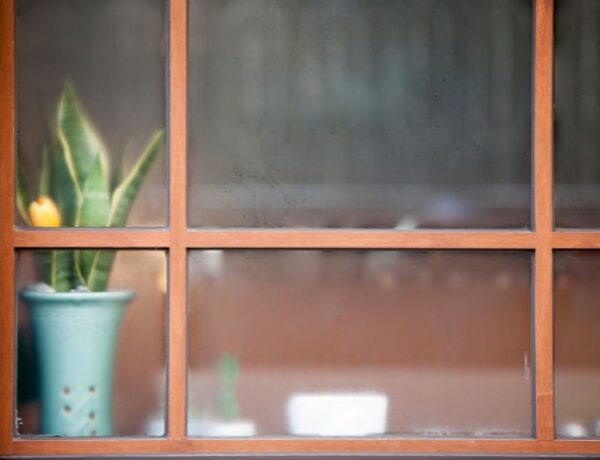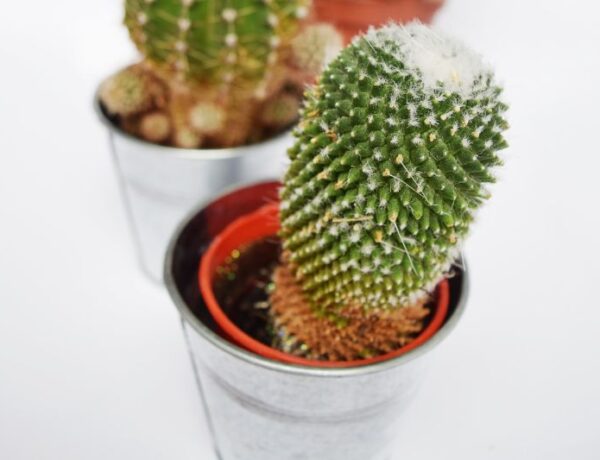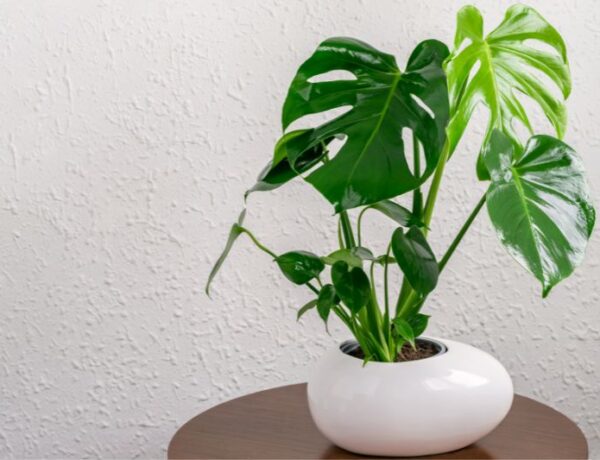Caring for a hibiscus plant is a rewarding experience, but seeing drooping leaves can be a little disheartening, can’t it? Don’t worry, though! Usually, these issues are linked to environmental factors like watering habits, light conditions, soil composition, and nutrient levels. In this guide we’ll unravel each of these factors, helping you understand their roles and how to optimize them. Soon enough, you’ll be able to get your hibiscus back to blooming beautifully!
In addition to drooping leaves, hibiscus plants may experience another common issue – dropping flowers. If that sounds like something you’re dealing with, do take a peek at our dedicated article on why are hibiscus flowers dropping off and how to fix it . It’s packed with handy tips and information to keep your hibiscus healthy and flowering, just as it should be!
Table of Contents
1. Watering Issues
Watering issues are often at the heart of drooping hibiscus leaves. Both overwatering and underwatering can lead to a distressed plant.
Solution: Find the right balance; the soil should be consistently moist but never waterlogged.
During warmer weather, hibiscus plants need more frequent watering to prevent the soil from completely drying out. On the other hand, during colder months, the soil should be allowed to dry out slightly between watering sessions.
If you’re unsure about whether your plant needs water, check the soil’s moisture level at a one-inch depth. If the soil is dry, it means it’s time to water your plant.
2. Nutrient and Soil Quality
Hibiscus plants prefer a well-draining soil. Heavy, poorly-draining soils can lead to water-logging, causing significant stress to the plant and leading to drooping leaves. Additionally, nutrient deficiencies, particularly a lack of iron due to alkaline soil conditions, can also result in wilting leaves.
Solution: Consider repotting the plant with a better-draining soil. Regular fertilization using a hibiscus-appropriate fertilizer can help correct nutrient imbalances.
The general recommendation is to fertilize four times a year: early spring, late spring, mid-summer, and late autumn or early winter.
3. Improper light
Hibiscus plants thrive in ample sunlight, ideally 6-8 hours of direct sunlight. If the plant is kept indoors or in a shady location, it might not receive the necessary light, leading to drooping leaves.
Solution: Increase the level of sunlight exposure. If that’s not feasible, consider using grow lights. These can ensure your hibiscus receives sufficient light, even during the shorter winter days.
4. Disease
Diseases such as verticillium wilt can cause hibiscus leaves to droop. However, this disease will not lead to leaves turning yellow, making identifying it quite complicated. Usually, the whole plant starts to wilt, while the leaves turn into a darker shade of green.
Solution: If you think this might be the issues, make sure to place your hibiscus in a spot with bright, indirect light (avoid sunny spots in this case), optimize its watering schedule and adjust average humidity around your plant. With proper care, your hibiscus should bounce back!
5. Pest Infestations
Pests like spider mites and aphids can cause significant damage to hibiscus plants, leading to wilting leaves.
Solution: Regular inspection for pests and timely intervention with appropriate pest control measures can prevent further damage and stress to the plant.
Conclusion
Drooping leaves in hibiscus plants can be disheartening to see, but understanding the potential causes can empower you to take action and nurse your plant back to health. Remember, the key to resolving this issue lies in offering your hibiscus proper care and paying attention to its needs. With these insights and practical solutions at your disposal, you can ensure your hibiscus continues to thrive, bringing a touch of the tropics to your home or garden.





No Comments